
‘You are not broken, the system is’ – new NFP pushes for less medication
Posted on 03 Dec 2025
The over-medicalisation of distress affects pretty much everyone in Australia, leading to needless…
Posted on 23 Jan 2024
By Greg Thom, journalist, Institute of Community Directors Australia

Mission Australia has called on the federal government to boost Commonwealth rent assistance by 50% in the wake of a new report highlighting the increasing number of low-income households in rental stress.
The Productivity Commission’s Report on Government Services, released this week, revealed that two out of five low-income households were at risk of being pushed into homelessness in 2022–2023.
This is despite receiving rental assistance from Canberra.
The report also found:
Mission Australia CEO Sharon Callister said the report confirmed that the cost of living, inflationary pressures and rising rental stress are pushing more people into homelessness at a time when there are few affordable homes available to rent.
“It’s increasing the risk of homelessness for many, including people in paid employment and those who are staring down the barrel of homelessness for the first time in their lives,” said Ms Callister.
She said there simply are not enough accommodation options for everyone who needs them.
“These days, finding a rental that’s affordable is like finding a needle in a haystack.”
“Australia is in the midst of a housing and homelessness disaster, and governments must tackle this problem like they would for any other emergency and natural disaster – with urgency, collaboration, targeted investment and steely resolve.”
The Productivity Commission report found that low-income earners are particularly susceptible to housing instability and rental stress – defined as spending more than 30% of gross income on rent – as market factors fuel higher private housing prices.
The report revealed that federal government spending on the Commonwealth rent assistance program fell from a five-year high of $5.7 billion in 2020–2021 to $4.7 billion the following year.
Along with increasing rental assistance, Ms Callister called on the federal government to lift income support payments to at least $78 per day to prevent disadvantaged Australians falling into poverty and homelessness.
“With such a dysfunctional housing system, it’s no wonder demand for Mission Australia’s homelessness and housing services increased by 26% over the past three years,” she said.
The Productivity Commission report revealed federal and state governments spent more than $6.3 billion on social housing and homelessness services in 2022–23, an increase of 1.8% on the previous year.
Ms Callister said despite the increase, frontline homelessness service staff find it almost impossible to help vulnerable families and individuals find safe, secure accommodation, because the housing stock just isn’t available.
“Our frontline staff say the housing situation is the worst they’ve seen it, with no signs of reprieve.”

Prime Minister Anthony Albanese called Labor MPs to Canberra this week for a cost-of-living caucus to brainstorm ideas to help struggling Australians.
Ms Callister urged the PM and Treasurer Jim Chalmers to use the run-up to the May federal budget to boost investment in the National Housing and Homelessness Plan.
This should include increased investment designed to shift the homelessness system from its current crisis-driven band-aid approach, towards a system that actively prevents homelessness from occurring in the first place, she said.
In its submission to the National Housing and Homelessness Plan, Mission Australia called for:
Ms Callister acknowledged that existing government commitments would deliver about 50,000 social and affordable homes over the next five years, but said it simply was not enough.
“While we welcome this step forward, much more investment is needed to address the social and affordable home shortfall, long waiting lists and Australia’s homelessness emergency.
The Productivity Commission report said housing instability and homelessness can in turn increase vulnerability to adverse social and economic circumstances, resulting in poorer outcomes in education, employment and health, along with increased risk of involvement with the justice system.
“Australia is in the midst of a housing and homelessness disaster, and governments must tackle this problem like they would for any other emergency and natural disaster – with urgency, collaboration, targeted investment and steely resolve,” said Ms Callister.

Posted on 03 Dec 2025
The over-medicalisation of distress affects pretty much everyone in Australia, leading to needless…
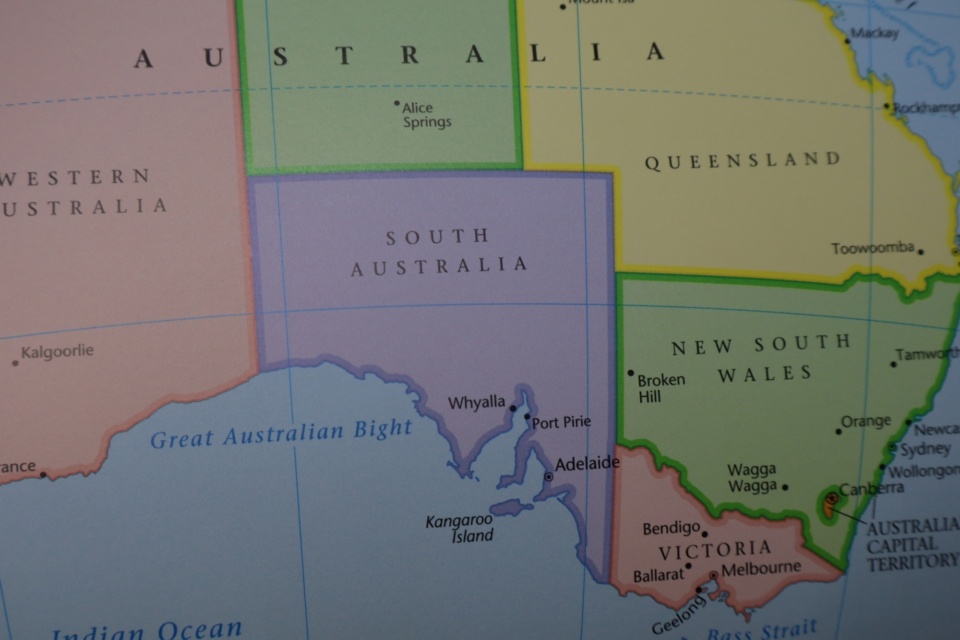
Posted on 03 Dec 2025
If you wanted an example of the problems inherent in federal systems, you couldn’t do better than…

Posted on 03 Dec 2025
Many not-for-profit (NFP) board members in Australia are burnt out, overwhelmed and considering…
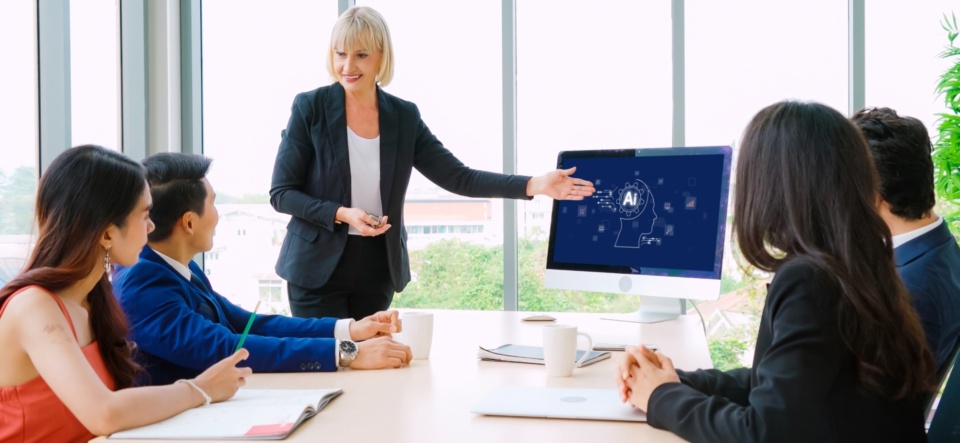
Posted on 03 Dec 2025
Infoxchange has announced a partnership with the National Artificial Intelligence Centre to address…

Posted on 03 Dec 2025
Tonight, in Adelaide, the people least likely ever to be accused of doing what they do for…
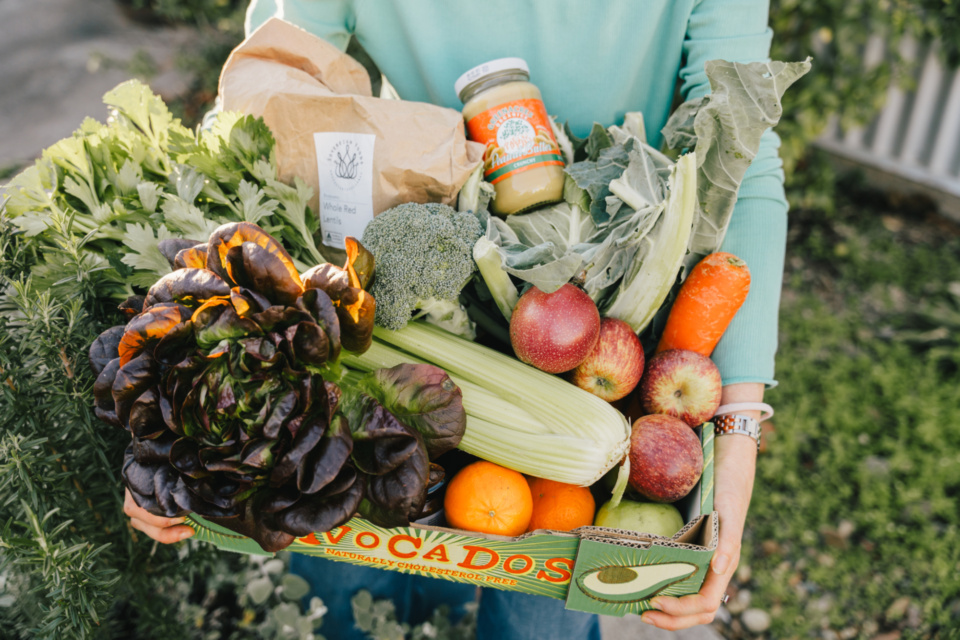
Posted on 03 Dec 2025
Emma-Kate Rose is the co-CEO of Food Connect Foundation, working with communities to support the…
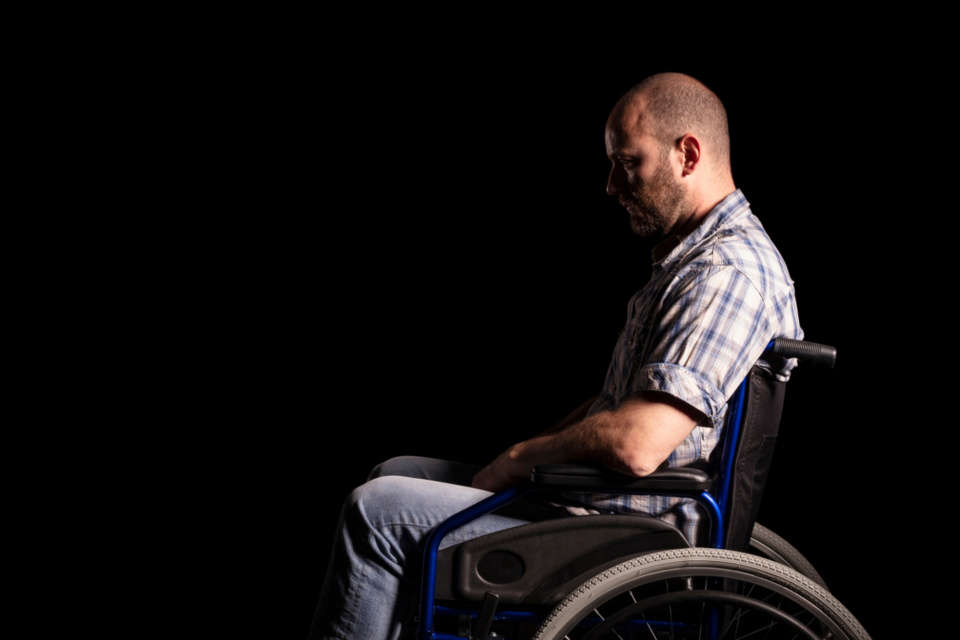
Posted on 03 Dec 2025
Today is the International Day of People with Disability, but for many, there is little to…
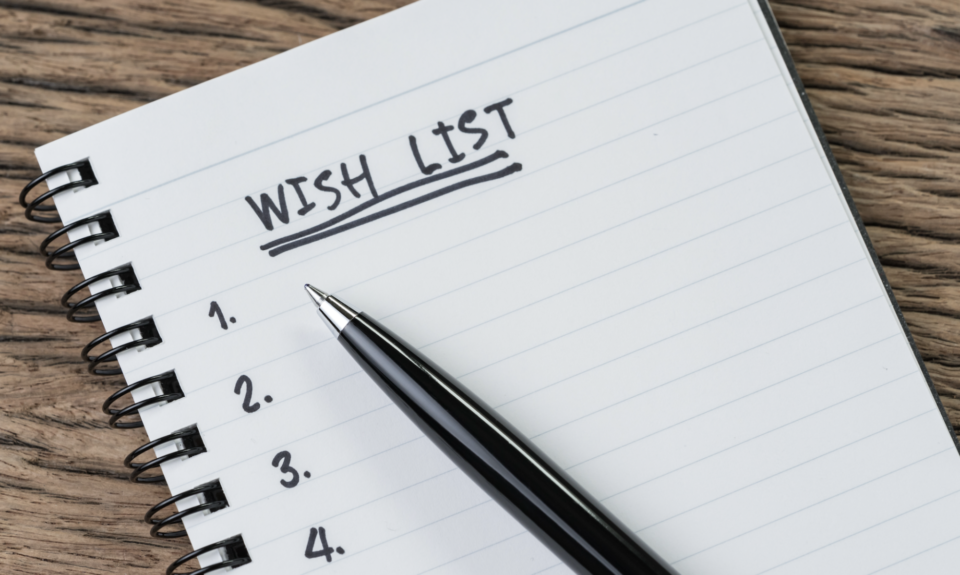
Posted on 26 Nov 2025
Charities and not-for-profits can be outstanding advocates for their cause, their community, their…

Posted on 26 Nov 2025
Next Wednesday, December 3, All Abilities ambassador Greg Pinson will be celebrating the…

Posted on 26 Nov 2025
If you think it’s inefficient for every small organisation seeking funds in regional, rural or…

Posted on 26 Nov 2025
An emerging tax scheme that offers tax deductions by using barter credits to inflate DGR donations…
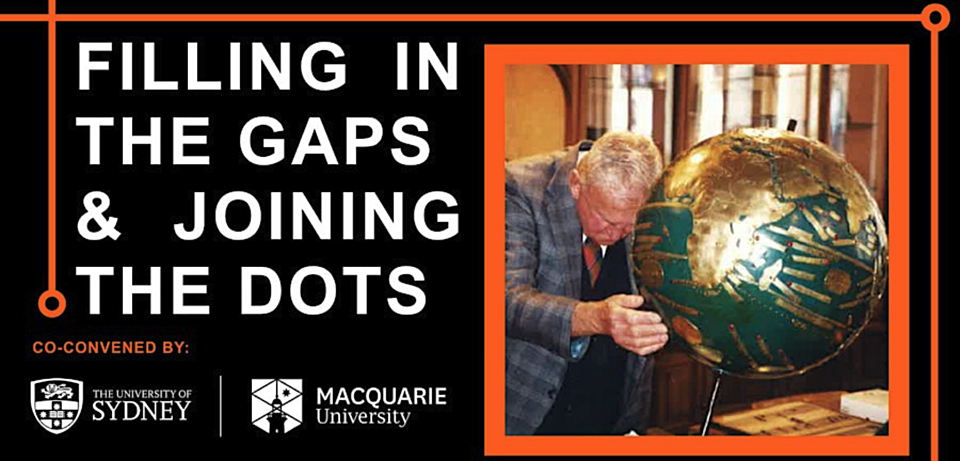
Posted on 26 Nov 2025
A landmark conference starting tomorrow in Sydney will bring together the dual sensory impairment…